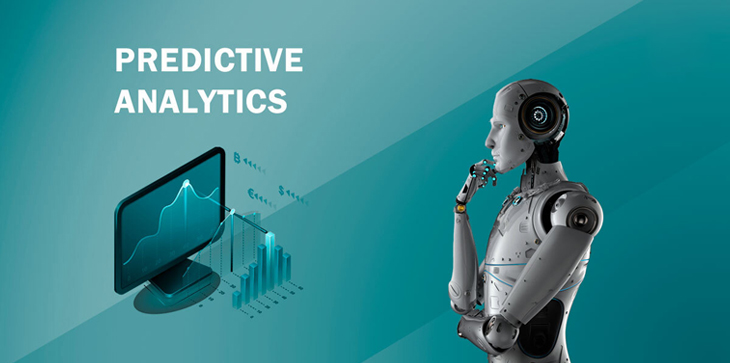
Predictive analytics is a powerful tool that leverages historical data, statistical algorithms, and machine learning techniques to identify the likelihood of future outcomes. In the realm of Human Capital Management (HCM), predictive analytics can provide valuable insights into workforce trends, employee performance, and organizational needs. Oracle HCM Cloud, a comprehensive suite of HR applications, integrates predictive analytics to help organizations make informed decisions, optimize HR processes, and enhance employee engagement. This essay explores the benefits, applications, and implementation of predictive analytics in Oracle HCM.
Predictive analytics provides HR professionals and organizational leaders with data-driven insights that enhance decision-making. By analyzing historical data and identifying patterns, organizations can predict future trends and make proactive decisions to address potential issues. This leads to more strategic and informed decision-making, reducing guesswork and enhancing overall HR effectiveness.
Predictive analytics can significantly improve talent management by identifying high-potential employees, predicting employee turnover, and assessing training needs. By understanding the factors that contribute to employee performance and satisfaction, organizations can develop targeted strategies to retain top talent, reduce turnover rates, and foster a high-performing workforce
Integrating predictive analytics into Oracle HCM streamlines HR processes and improves operational efficiency. Automated data analysis reduces the time and effort required for manual reporting and analysis. This allows HR professionals to focus on more strategic initiatives, such as talent development and organizational planning.
Predictive analytics can help organizations understand and enhance employee engagement by identifying factors that contribute to job satisfaction and productivity. By addressing these factors, organizations can create a more positive work environment, leading to higher levels of employee engagement and overall job satisfaction.
Predictive analytics can revolutionize the talent acquisition process by identifying the characteristics of successful employees and predicting the likelihood of candidates' success. By analyzing data from past hiring processes, Oracle HCM can help organizations develop profiles of ideal candidates, streamline recruitment efforts, and improve the quality of hires.
One of the most significant applications of predictive analytics in Oracle HCM is predicting employee turnover. By analyzing factors such as employee engagement, performance, and demographic data, organizations can identify employees at risk of leaving and develop targeted retention strategies. This proactive approach helps reduce turnover costs and maintain a stable workforce.
Predictive analytics enables organizations to predict employee performance and identify potential areas for improvement. By analyzing performance data and identifying trends, Oracle HCM can help organizations develop personalized development plans, set realistic performance goals, and provide targeted training and support.
Workforce planning is another critical area where predictive analytics can add value. By forecasting future workforce needs based on historical data and trends, organizations can develop strategic plans to ensure they have the right talent in place to meet future demands. This includes identifying skills gaps, planning for succession, and optimizing workforce allocation.
Predictive analytics can enhance learning and development initiatives by identifying the training programs that have the most significant impact on employee performance and career progression. By analyzing data on training effectiveness and employee outcomes, Oracle HCM can help organizations design more effective learning and development programs tailored to employees' needs.


